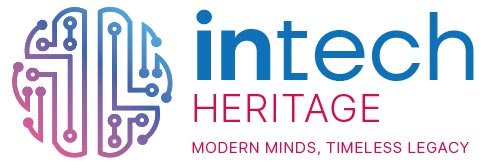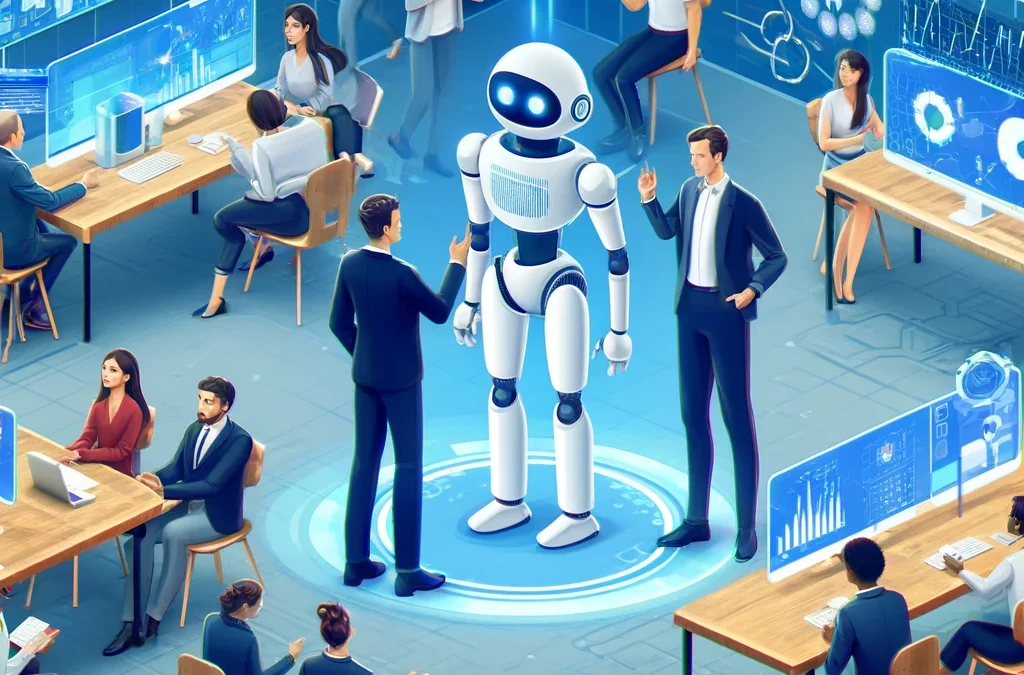In the age of digital transformation, designing systems that combine artificial intelligence (AI) and human decisions has become a crucial necessity for many organizations. Hybrid architectures, where AI and humans work together, offer a powerful synergy that can take efficiency and innovation to new levels.
What are Hybrid Architectures?
Hybrid architectures are systems designed to integrate the analytical and processing capabilities of AI with human intuition, creativity, and critical judgment. These systems allow both parties to play complementary roles, maximizing the strengths of each. AI can handle repetitive tasks and analyze large volumes of data, while humans can focus on strategic decision-making and situations requiring empathy and contextualization.
Benefits of Hybrid Architectures
Improved Efficiency: AI can process data at speeds and volumes impossible for humans, allowing businesses to optimize processes and reduce timeframes.
Increased Precision: AI algorithms can identify patterns and trends in data with high accuracy, helping to reduce human errors.
Informed Decision-Making: The combination of AI-analyzed data and human experience can lead to more informed and balanced decisions.
Continuous Innovation: Collaboration between AI and humans fosters a continuous innovation environment, where machines learn from humans and vice versa, constantly improving processes.
Challenges and Considerations
Integration and Maintenance: Designing and maintaining hybrid systems can be complex and costly, requiring careful planning and specialized resources.
Ethics and Transparency: It is crucial to ensure that AI systems operate transparently and ethically, avoiding biases and ensuring fairness in decisions.
Training and Adaptation: Employees must be trained to work alongside AI, understanding its capabilities and limitations to make the most of the collaboration.
Application Examples
Customer Service: Chatbot systems that handle basic queries, escalating complex cases to human agents. This not only improves efficiency but also allows for more personalized attention in complex situations.
Healthcare: AI that analyzes medical images, assisting doctors in making more accurate and faster diagnoses. Systems can detect anomalies that might go unnoticed, allowing for early interventions.
Finance: Algorithms that detect fraud in real-time, while financial analysts interpret this data to make strategic decisions. This collaboration can prevent significant losses and improve security.
Future of Hybrid Architectures
The future of hybrid architectures is promising. As AI continues to advance, its integration with human judgment will become even more critical. Companies that adopt these systems will be able to quickly adapt to market changes, continuously innovate, and maintain a competitive edge. The key to success will be finding the right balance, where technology complements and enhances human skills, rather than replacing them.
Hybrid architectures represent the future of collaboration between humans and machines. By ensuring effective integration and optimal collaboration, companies can maximize the strengths of both, driving innovation and maintaining a competitive advantage in the market.

